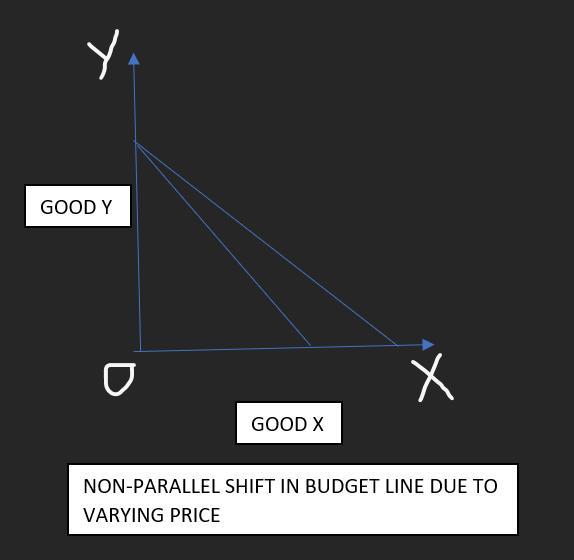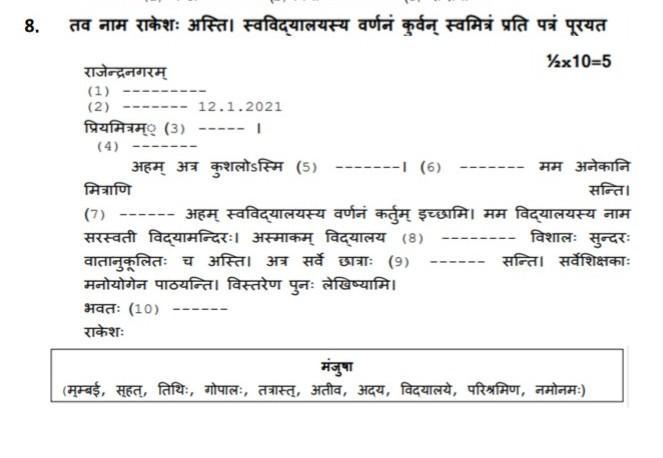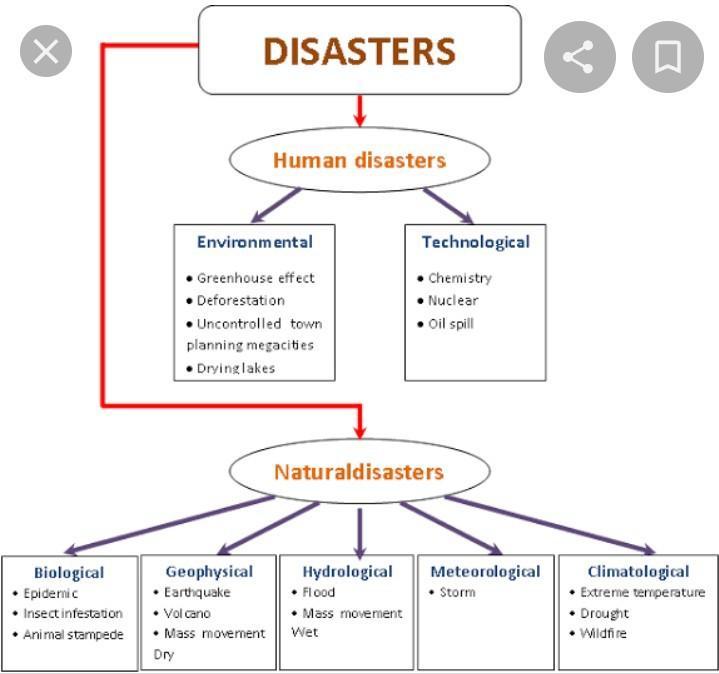The shift of the budget lines will not be parallel if (A) Price ratios remain the same. (B) Price ratios vary. (C) Income and price ratios both vary in the same proportion. (D) If the slopes of old and new budget line are same
Answers 2
Answer:
Consumer theory examines how consumers allocate income and make purchasing decisions. All economic activity takes place within the context of limitations. Consumers, therefore, need to make trade-offs, as numerous choices exist and income represents a limiting factor. Consumers must make decisions about consumption based on individualized budgetary constraints. To understand consumers’ choices, economists use the concept of the budget lines
Budget Line
According to consumer theory, a budget line illustrates graphically the maximum affordable quantities of any two goods a consumer will likely buy, says Ingrimayne. A budget line shows all the possible combinations of the two goods that a consumer can afford provided the prices of the goods and the consumer’s income remain unchange
Price Change
Consumer theory further explains that when a consumer purchases one product he cannot use the money to purchase another product. In a situation where the consumer has a choice of only two goods, if the price of one of the goods changes, the budget line will pivot. The slope of the budget line depends on the relationship between the prices of the two goods. For example, if product X is on the horizontal axis, the line will become steeper when product X becomes cheaper or product Y becomes more expensive. A change in price of one of the goods will, therefore, change the slope of the budge
Parallel Shift
A budget line generally separates what a consumer can afford from what the consumer cannot afford. Under what situation will there be a parallel shift in the budget line? The answer is if a consumer's income changes. If a consumer´s income decreases, the line on the graph will move downwards but will retain the same slope. Similarly, if a consumer´s income increases, the budget constraint will move upwards but will still remain parallel to the original budget line, according to Xplained. The amount of money a consumer has available to spend shifts his budget line in a parallel direction but does not affect its slope.
Effects of Income Change
Changes in income affect a consumer´s choice. The new equilibrium for a greater income is higher on the budget line because the increased income allows the consumer to purchase more of both products. Higher income increases affordability of the goods, while lower income decreases it. The amount of money available to spend determines what combination of goods is attainable for the consumer. This model uses the assumption that consumers want to acquire as much of the goods as possible, regardless of income level. The budget line, therefore, represents the only constraint on consumer spending.
-
Author:
sienazgdb
-
Rate an answer:
7
Option B is the correct answer.
The shift of the budget lines will not be parallel if Price ratios vary.
- Suppose price of two goods and income of an individual is given. Any change in price of good X while price of good Y and income of the consumer remaining constant then there will be no parallel shift in budget line.
- Suppose the price of good X falls implying that the individual will be able to purchase more of good X with his given income. So, if the good X is given on x-axis then there will be a rightward shift in the budget line for good X whereas budget line for good Y will remain at the same point.

-
Author:
dickensnunez
-
Rate an answer:
0


